Related Research Articles

Karl Theodore Francis Bitter was an Austrian-born American sculptor best known for his architectural sculpture, memorials and residential work.
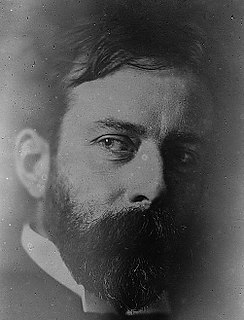
Lorado Zadok Taft was an American sculptor, writer and educator. His 1903 book, The History of American Sculpture, was the first survey of the subject and stood for decades as the standard reference. He has been credited with helping to advance the status of women as sculptors.
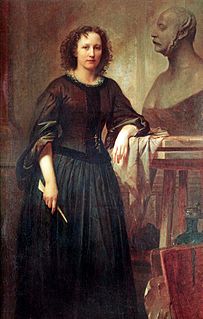
Franzisca Bernadina Wilhelmina Elisabeth Ney was a German-American sculptor who spent the first half of her life and career in Europe, producing portraits of famous leaders such as Otto von Bismarck, Giuseppe Garibaldi and King George V of Hanover. At age 39, she immigrated to Texas with her husband, Edmund Montgomery, and became a pioneer in the development of art there. Among her most famous works during her Texas period were life-size marble figures of Sam Houston and Stephen F. Austin, commissions for the Texas State Capitol. A large group of her works are housed in the Elisabet Ney Museum, located in her home and studio in Austin. Other works can be found in the US Capitol, the Smithsonian American Art Museum, and numerous collections in Germany.

Pompeo Luigi Coppini was an Italian born sculptor who emigrated to the United States. Although his works can be found in Italy, Mexico and a number of U.S. states, the majority of his work can be found in Texas. He is particularly famous for the Alamo Plaza work Spirit of Sacrifice a.k.a. The Alamo Cenotaph, as well as numerous statues honoring Texan figures.

Walker Kirtland Hancock was an American sculptor and teacher. He created notable monumental sculptures, including the Pennsylvania Railroad World War II Memorial (1950–52) at 30th Street Station in Philadelphia, Pennsylvania, and the World War I Soldiers' Memorial (1936–38) in St. Louis, Missouri. He made major additions to the National Cathedral in Washington, DC, including Christ in Majesty (1972), the bas relief over the High Altar. Works by him are at the United States Military Academy, the Library of Congress, the United States Supreme Court Building, and the United States Capitol.

Pietro Canonica was an Italian sculptor, painter, opera composer, professor of arts and senator for life.

Giuseppe Moretti was an Italian émigré sculptor who became known in the United States for his public monuments in bronze and marble. Notable among his works is Vulcan in Birmingham, Alabama, which is the largest cast iron statue in the world. On a personal level, Moretti was "known for his eclectic personality and for always wearing a green tie," but professionally, is claimed to be "the first man to use aluminum in art." Moretti enjoyed some celebrity in his lifetime, and was a friend of famed Italian tenor Enrico Caruso. It is even reported that the singer repeatedly praised Moretti's voice.
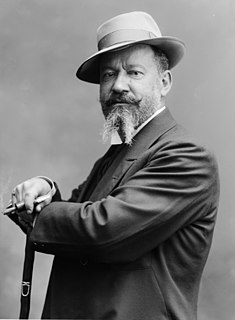
Raffaello Romanelli was an Italian sculptor, born in Florence, Italy.
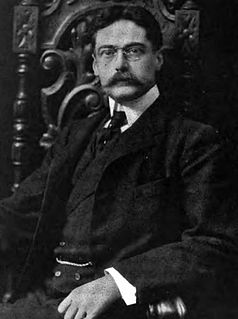
Richard Howland Hunt was an American architect and member of the notable Hunt family of Vermont, who worked in partnership with his brother Joseph Howland Hunt in New York City, as Hunt & Hunt. The brothers were sons of the first American Beaux-Arts architect, Richard Morris Hunt (1827–1895). Richard practiced in his father's office until the elder Hunt's death in July 1895, and continued, not without initial resistance on the part of trustees, to carry out his father's designs for the central block of the Metropolitan Museum of Art. After a brief interval, the brothers formed a partnership in 1901 that was only terminated by Joseph's death in 1924.

Joseph Alexis Bailly was an American sculptor who spent most of his career in Philadelphia, Pennsylvania. He taught briefly at the Pennsylvania Academy of the Fine Arts, which has a collection of his sculpture. His most famous work is the statue of George Washington in front of Independence Hall.

Major General John A. Logan, also known as the General John A. Logan Monument and Logan Circle Monument, is an equestrian statue in Washington, D.C. that honors politician and Civil War general John A. Logan. The monument is sited in the center of Logan Circle, a traffic circle and public park in the Logan Circle neighborhood. The statue was sculpted by artist Franklin Simmons, whose other prominent works include the Peace Monument and statues in the National Statuary Hall Collection. The architect of the statue base was Richard Morris Hunt, designer of prominent buildings including the Metropolitan Museum of Art in New York City and The Breakers in Newport, Rhode Island. Prominent attendees at the dedication ceremony in 1901 included President William McKinley, members of his cabinet, Senator Chauncey Depew, Senator Shelby Moore Cullom, and General Grenville M. Dodge.

John J. Pershing General of the Armies, is a public artwork by American artist Robert White, located at Pershing Park in Washington, D.C., United States. John J. Pershing General of the Armies was originally surveyed as part of the Smithsonian's Save Outdoor Sculpture! survey in 1994. The monument is a tribute to United States Army general John J. Pershing.

The Washington Monument is a public artwork by American artist Richard Henry Park located on the Court of Honor in front of the Milwaukee Public Library Central Library, which is near Marquette University in Milwaukee, Wisconsin. The bronze sculpture is a full-length portrait of a 43-year-old George Washington, and stands on a granite pedestal; a bronze woman points up at Washington while a child, also made out of bronze, gazes upward. It was sculpted by Richard Henry Park and was erected in 1885 with philanthropic financial support from Elizabeth Plankinton. The statue was restored between July 2016 and January 2018.

Abraham Lincoln, The Hoosier Youth is a heroic bronze sculpture by American artist Paul Manship and was commissioned in 1928 by the Lincoln National Life Insurance Company for its headquarters in Fort Wayne, Indiana. The statue is 12.5 feet (3.8 m) tall and sits atop a pedestal designed by architect Benjamin Wistar Morris and a granite base. The sculpture depicts a youthful Abraham Lincoln during the time he lived in Indiana. The Lincoln figure wears a handmade shirt, buckskin trousers, and boots. He is seated on a tree stump and holds a book. An ax leans against his leg and a dog is seated beside him. Manship also sculpted four bronze allegorical bas reliefs, one for each side of the pedestal, to represent traits associated with Lincoln: Charity, Fortitude, Justice and Patriotism. The statue was dedicated on 16 September 1932.
Frank Teich was a German-born American sculptor, stone carver, and businessman, often referred to as the father of the Texas granite industry.
Lawrence Tenney Stevens (1896-1972) was an American sculptor who was one of the progenitors of the "Cowboy High Style" movement in western American art and furniture. He created large allegorical figures and stylized depictions of the American west.
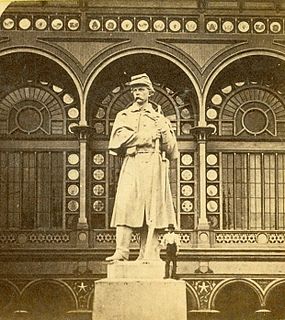
Carl H. Conrads was an American sculptor best known for his work on Civil War monuments and his two works in the National Statuary Hall Collection at the U.S. Capitol in Washington, D.C. He was also known as Charles Conrads.

William Mozart McVey was an American sculptor, animalier and teacher.
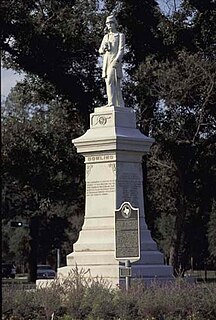
Dick Dowling is a 1905 marble sculpture of Confederate commander Richard W. Dowling by Frank Teich, previously installed in 1958 at the Cambridge Street entrance into Houston's Hermann Park, in the U.S. state of Texas.
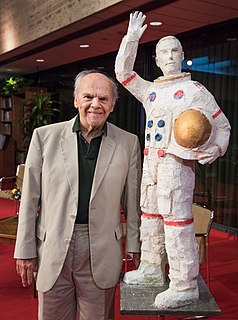
David Pryor Adickes is a modernist sculptor and painter. His most famous work is the 67-foot tall A Tribute to Courage statue of Sam Houston in Huntsville, Texas.